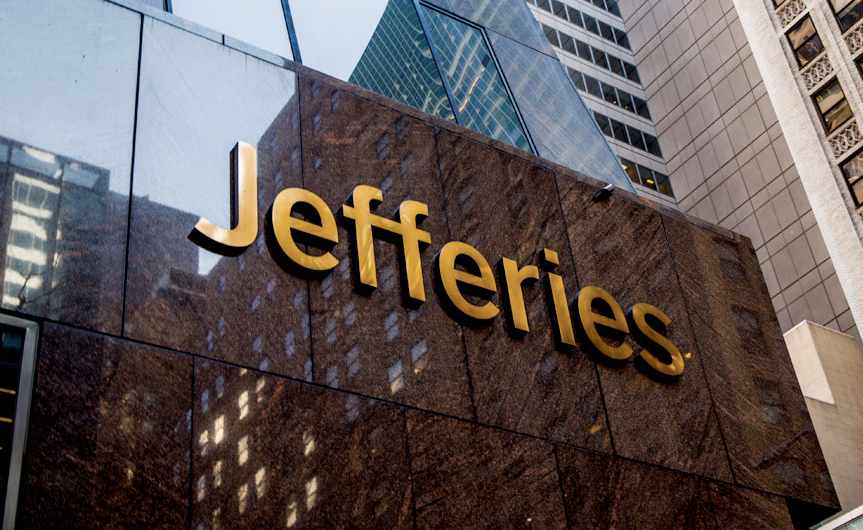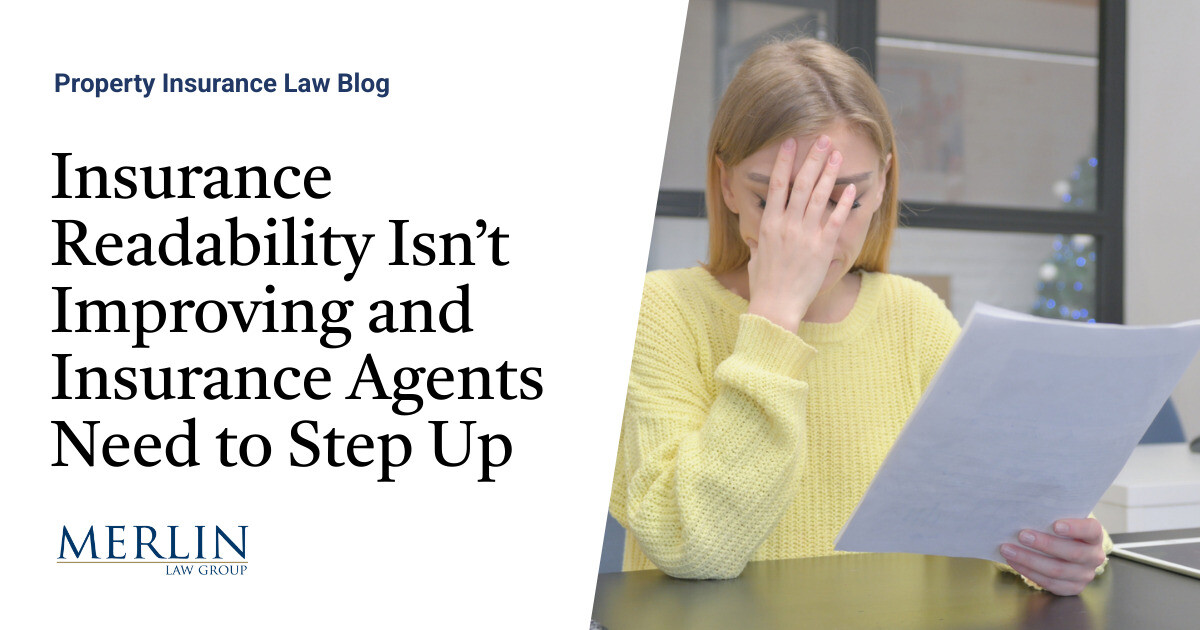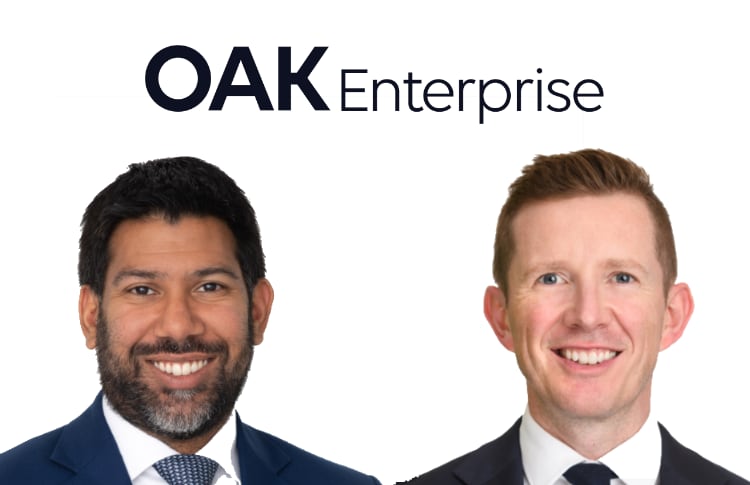
While the reinsurance market and its pricing would be expected to re-firm after any large hurricane losses suffered during the 2025 season, it is not expected to drive a severe market hardening as was seen after 2022, according to analysts at investment bank Jefferies.The reason being the strong capitalisation of the global reinsurance market and insurance-linked securities (ILS), while the renewed interest in Florida risks after the legislative reforms is also seen as another potential moderator of reinsurance price firming this year.While early forecasts for the suggest a year with activity levels just above the historical averages, the analysts from Jefferies suggest that, for stock pickers, a “hurricane trade” on insurance and reinsurance equities may not be as straightforward as in some other years.The Jefferies analyst team explains, “The success of a hurricane trade and stock performance of coverage names within days of landfall depends on the timing, path, and magnitude of storms, but buying shares of hurricane-exposed reinsurers and brokers for a short-term trade at/near US landfall of a major storm offers the most upside.” But they also note that, “The greater the expected ensuing pricing power, the stronger the share performance.” Pricing power may not be as significant in 2025 and 2026, given the strong capitalisation of the reinsurance sector, including ILS capital, as well as the strong growth of the catastrophe bond market, the analyst report suggests.
The analysts state, “We note that the 2025 hurricane season comes three years after +$50bn industry loss Hurricane Ian hit, which drove the hard Property CAT reinsurance market in 2023, followed by moderation in 2024.“Large hurricane losses this year could lead to some re-firming of price, but we would not anticipate a wide-spread severe hardening similar to Jan ’23 given 1) carrier retained earnings growth over last two years, 2) ILS funds beginning to pivot to growth, 3) ample ILS CAT bond capacity, and 4) FL market reforms driving renewed interest.” While the analysts also state that a benign hurricane season would likely benefit a primary insurer trade, over one focused on reinsurers.On the appetites of investors to allocate more to collateralized reinsurance, the Jefferies team believe this is still in a mix of wait-and-see or recovery mode at this time.
They explained, “Mostly limited appetite of third party capital is likely to continue at least until after the conclusion of hurricane season, lending more credibility to adequate catastrophe pricing being sustainable through YE25 even with 2024’s hurricane season resulting in low insured losses (though total US insured losses was ~$110bn).“While overall ILS outstanding was 5% higher YoY at YE24, the main area seeing increased investment is catastrophe bonds which are more geared to remote risks.“Collateralized reinsurance and sidecar capital (both of which protect against less remote risk than CAT bonds and experienced weaker returns prior 2023) growth has been more muted, but interest and capital flows are beginning to see some signs of improvement.” However, despite ILS capital not building especially significantly, outside of catastrophe bonds, combined with the well-capitalised nature of the global reinsurance industry as a whole, it seems the Jefferies analysts believe there is sufficient capital around to moderate any hurricane-driven hardening that storms this season may cause, absent a more significant event that dents sector capital as a whole..
All of our Artemis Live insurance-linked securities (ILS), catastrophe bonds and reinsurance can be accessed online.Our can be subscribed to using the typical podcast services providers, including Apple, Google, Spotify and more.
Publisher: Artemis








